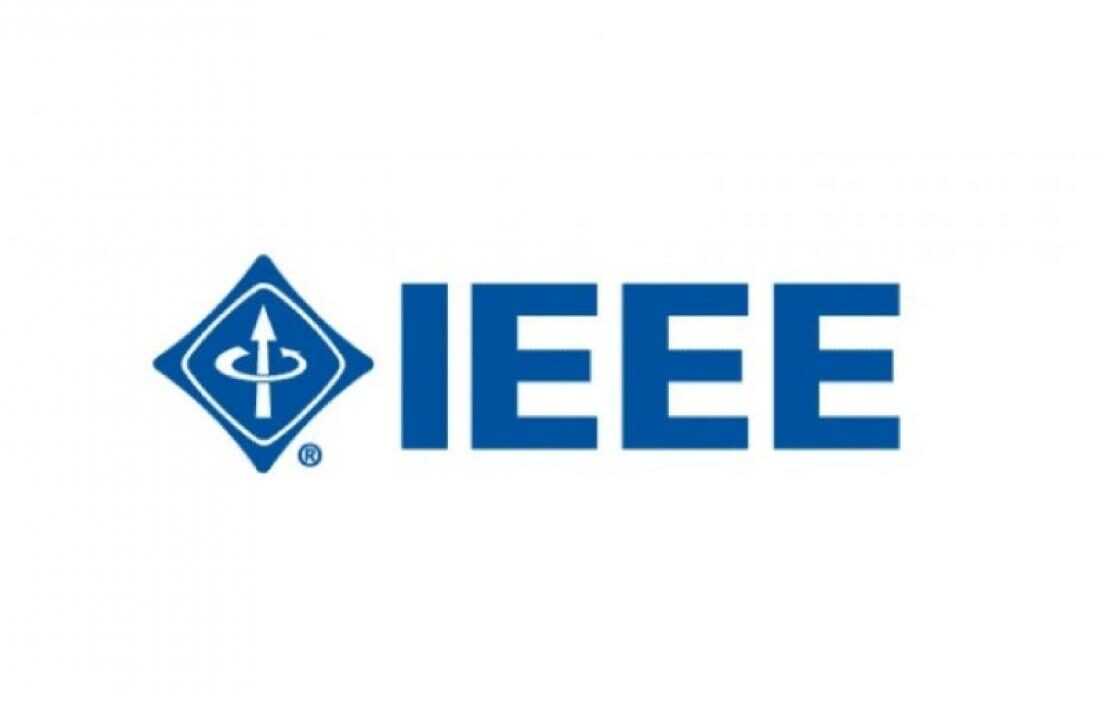The pandemic brought big changes in digital technology, some of which could be with us for a long time.
It’s often said that the pandemic ushered in years of digital transformation in just a few short months. In the blink of an eye, millions of people began working, going to school, socializing and shopping almost entirely online.
But as the world continues to re-open, what habits from the great upheaval of 2020 and 2021 will endure?
That’s the question we put to the IEEE Impact Creators. What’s clear is that online shopping – particularly with regard to groceries – will continue to evolve, with new logistic technology and customer experiences. Telehealth is also likely to stick around. On the other hand, shortages of semiconductor chips are also likely to endure, potentially driving up prices and creating headwinds for continued digitalization.
Groceries:
Recent surveys show that a large percentage of consumers that adopted online grocery shopping at the start of the pandemic won’t be going back to in-store shopping. And who doesn’t value the convenience of ordering online? India’s e-grocery market, in particular, has fared after the pandemic. In fact, it is predicted to account for at least 3% of India’s total grocery market in the next four to five years and is expected to value at $24 million, as per a recent RedSeer Report.
In the next few years, we will likely see an evolution of technologies to improve the logistics of online grocery shopping, including robots to pack orders for delivery and drones to bring deliveries to the door.
“Grocery delivery is super convenient for the consumer, but less so for the grocer and delivery services,” said IEEE member Carmen Fontana. “Today, it’s largely a manual process with the veneer of a mobile interface. To make grocery delivery more efficient and thus more profitable, retailers will need to incorporate more sophisticated technology such as vision-enabled robots to pick products off the shelves. In urban areas, the responsibilities of the robots can also be extended to deliver the products to the consumer.”
More AR/VR In E-Commerce:
Several experts noted that they expected a big uptick in the use of augmented reality and virtual reality shopping experiences. In-store shopping retains one advantage over e-commerce: the ability to look at and feel the product. But as digital technology progresses, that advantage could be erased.
VR/AR technology today is becoming a part of our everyday lives, right from social media filters and virtual shopping tours to applied training programmes. These technologies have the potential to drive engagement, improve customer experience, boost conversion rates and more. A past Accenture study shows that 47% of Indian consumers are likely to pay extra for a product if they could have an immersive shopping experience, i.e., trying products virtually using AR/VR. With increased demand and adoption, India’s AR/VR industry is projected to value at $5.9mn and $0.5 bn by 2022, respectively, making India the largest supplier of immersive technologies globally.
“Shops have to pay for real estate while the likes of Amazon have built out arguably the most sophisticated supply chain ever,” said IEEE Senior member Kevin Curran. “Once virtual reality becomes more mainstream, we may also see much more immersive shopping experiences which will lead more to shop online. The move to online shopping is a real trend.”
IEEE Life Fellow Thomas Coughlin foresees AR and VR that can create an immersive shopping experience.
“For the selection of products virtual reality may come into play or telepresence robots,” Coughlin said. “For instance, imagine that you could see and even remotely “pick up” vegetables or fruit before deciding on what to buy–this would make the experience more like buying in a store.”
Telemedicine:
Telehealth is here to stay – both patients and providers prefer its convenience for routine treatments, and the sector is ripe for big changes, Fontana said.
“Telehealth tools being deployed right now are relatively primitive – basically HIPAA-compliant Zoom sessions,” she said. “By leveraging advancements in virtual reality, augmented reality, and artificial intelligence, telehealth can be an engaging, data-driven experience that exceeds current in-person appointment expectations, while also giving patients the convenience of at-home healthcare access.”
The Indian telehealth market is growing at a CAGR of 39.6% and is expected to value at $10.6 billion by 2025, enabling the digital health transformation to not only propel economic growth for the country, but also set an example for other emerging economies.
Supply Chain:
Of course, digital technology can only evolve with the availability of digital devices to support it. The shortage of semiconductor chips may drive up costs or make it difficult to obtain some products.
IEEE Senior member Guangjie Han said disruption of the automobile industry will continue throughout 2022. But because of the widespread dependence on semiconductor chips, nearly every industry faces some headwinds.
“Nowadays, all industries are inseparable from chips,” Han said. “The chip shortage is very terrible and the possibility of shutdowns may appear in all industries.”






